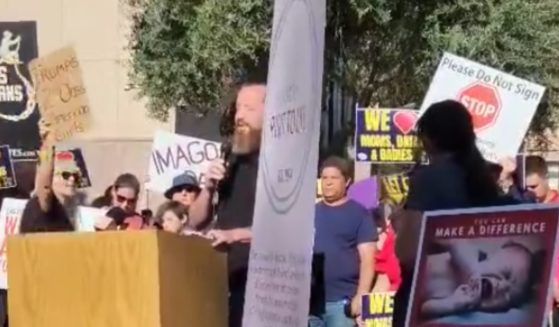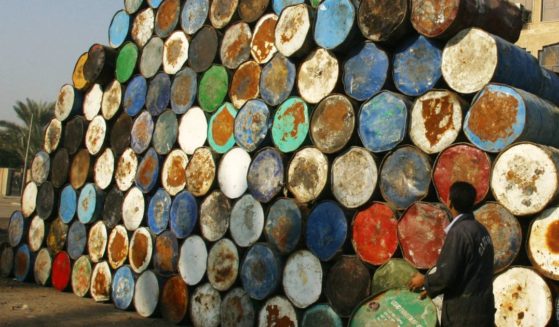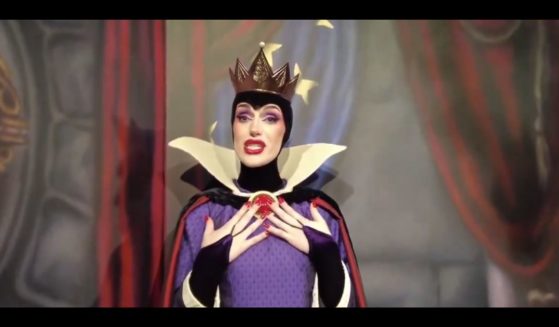Watch 'Groundbreaking' Footage of Humpback Whales Using Bubble Nets To Catch Prey
It turns out that humpback whales use nets to catch their prey, too.
They’re just made of different material than the ones fishermen use.
New footage of the giant aquatic mammals shows them using a technique called bubble-net feeding in order to catch prey, according to Fox News.
While the technique was known, the footage of the whales deploying it off the Alaskan coast is “groundbreaking,” the researchers say.
The footage, recorded by scientists at the University of Hawaii Mānoa, gives you a decent idea of how this sort of thing works.
The complicated process involves a pod of whales swimming below the surface and blowing air bubbles out of their blowholes.
The ring of bubbles will then stun and corral prey — typically either krill or fish — and the pod of whales will eat it.
University of Hawaii Mānoa scientists used drones to capture footage of the whales in the process of bubble-net feeding.
They also put accelerometers and cameras on the whales with suction cups. This allowed them to get footage and data from the giant creatures.
“The footage is rather groundbreaking,” Lars Bejder, director of the UH Mānoa Marine Mammal Research Program, said in a statement.
“We’re observing how these animals are manipulating their prey and preparing the prey for capture. It is allowing us to gain new insights that we really haven’t been able to do before.”
“We have two angles. The drone’s perspective is showing us these bubble nets and how the bubbles are starting to come to the surface and how the animals come up through the bubble net as they surface, while the cameras on the whales are showing us the animal’s perspective,” he added.
“So overlaying these two data sets is quite exciting.”
The footage and data shed new light on how the 3,000 whales who migrate to Alaska during the summer feeding season eat before they migrate down to Hawaiian waters for the breeding season in the winter.
The whales don’t stop for food on the 3,000-mile trek south.
Up to 10,000 humpback whales migrate down to Hawaii for the breeding season in the winter; Bejder estimates that there are 3,000 whales who come to Alaska for the summer feeding season.
The research was part of a project to determine if there’s been a decline in humpback whale numbers in recent years, according to SciTechDaily.
This isn’t just fun stuff to take a look at, in other words. Bubble-net feeding is pretty amazing to watch, but it’s also a critical part of the puzzle that is our natural world.
Very cool stuff indeed.
Truth and Accuracy
We are committed to truth and accuracy in all of our journalism. Read our editorial standards.












